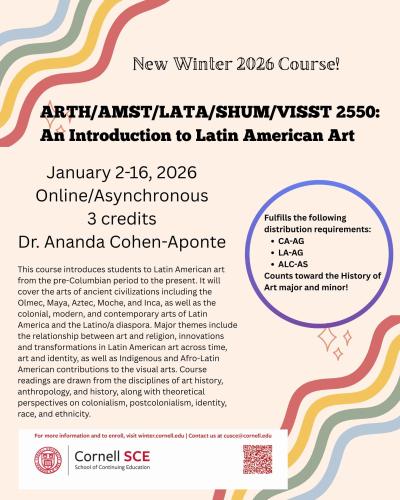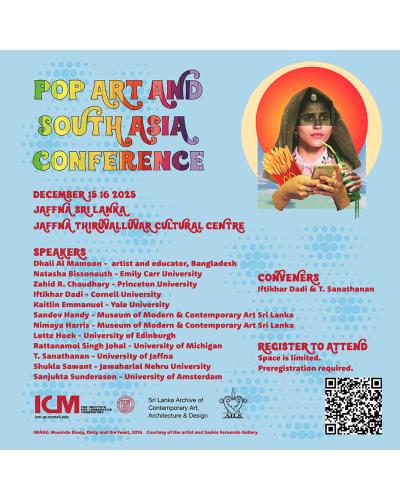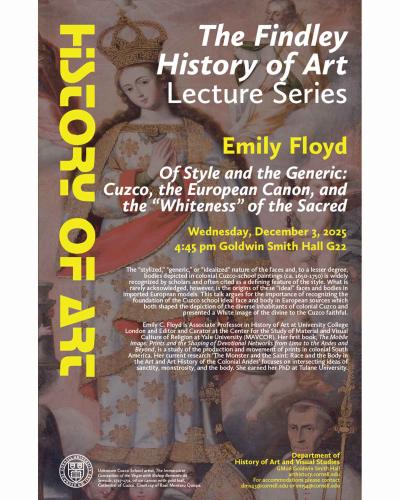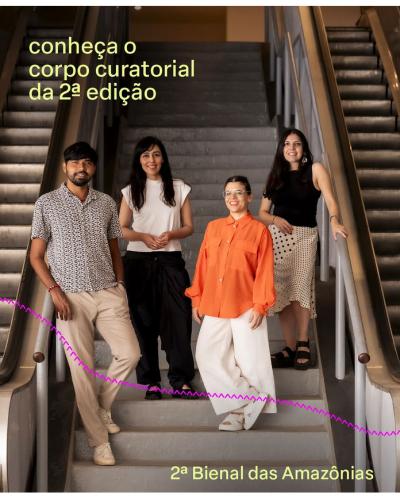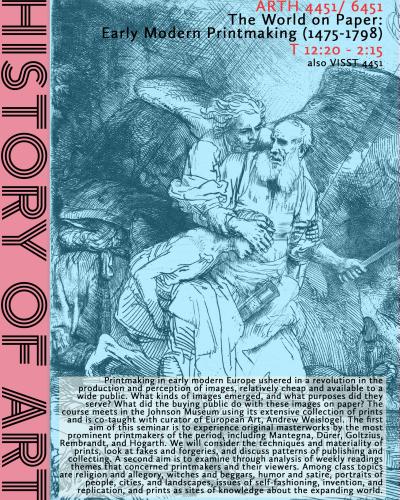SPRING 2020
4451 (/6451) The World on Paper: Early Modern Printmaking (1475-1798)
( VISST 4451)
C. Lazzaro
T 12:20 – 2:15
Printmaking in early modern Europe ushered in a revolution in the production and perception of images, relatively cheap and available to a wide public. What kinds of images emerged, and what purposes did they serve? What did the buying public do with these images on paper? The course meets in the Johnson Museum using its extensive collection of prints and is co-taught with curator of European Art, Andrew Weislogel. The first aim of this seminar is to experience original masterworks by the most prominent printmakers of the period, including Mantegna, Dürer, Goltzius, Rembrandt, and Hogarth. We will consider the techniques and materiality of prints, look at fakes and forgeries, and discuss patterns of publishing and collecting. A second aim is to examine through analysis of weekly readings themes that concerned printmakers and their viewers. Among class topics are religion and allegory, witches and beggars, humor and satire, portraits of people, cities, and landscapes, issues of self-fashioning, invention, and replication, and prints as sites of knowledge about the expanding world.

